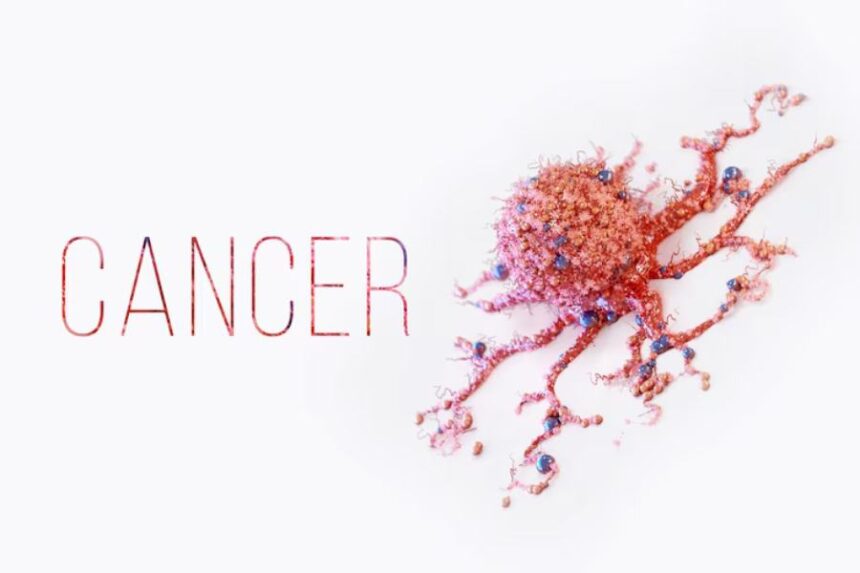Modern medicine is constantly evolving, offering new hope to patients with complex cancer diagnoses. One of the most promising developments is PIPAC treatment, an innovative method of delivering chemotherapy directly into the abdominal cavity. PIPAC stands for Pressurized Intraperitoneal Aerosol Chemotherapy, and it is transforming how specialists approach challenging conditions such as peritoneal carcinomatosis.
What Is PIPAC and How Does It Work?
PIPAC is a minimally invasive procedure performed during surgery. Unlike traditional intravenous chemotherapy, which travels through the bloodstream, PIPAC delivers anticancer drugs in aerosol form directly into the peritoneal cavity. The procedure uses pressurized gas to distribute the medication evenly, improving drug delivery to cancerous tissues.
This technique increases the concentration of chemotherapy at the tumor site while reducing side effects that typically affect the whole body. Because of this targeted therapy approach, PIPAC is particularly useful for advanced cancers that have spread within the abdominal cavity, including ovarian, gastric, and colorectal cancers.
Advantages of Pressurized Intraperitoneal Chemotherapy
Patients with peritoneal carcinomatosis often have limited treatment options. PIPAC offers several important benefits:
- Minimally invasive: Conducted through small incisions, reducing recovery time and hospital stays.
- Enhanced drug penetration: The pressurized environment improves the absorption of chemotherapy drugs.
- Reduced systemic toxicity: Localized drug delivery minimizes the impact on healthy tissues.
- Repeatable procedure: PIPAC can be safely repeated multiple times to control tumor growth.
For many, this method offers improved quality of life and the possibility of extending survival.
PIPAC vs. HIPEC: Understanding the Difference
While PIPAC and HIPEC (Hyperthermic Intraperitoneal Chemotherapy) both involve intraperitoneal administration of drugs, there are key differences. HIPEC delivers heated liquid chemotherapy directly into the abdominal cavity after tumor removal surgery. In contrast, PIPAC uses aerosol chemotherapy under pressurized conditions, often without needing to remove tumors surgically first.
Both methods have their place in oncology, and specialists choose between them based on the patient’s condition and previous treatments. Some treatment plans may even include both approaches for maximum effectiveness.
The Future of Oncology: A Targeted Approach
The success of PIPAC highlights the growing role of targeted therapy in modern oncology. By focusing treatment directly at the tumor site, doctors can improve outcomes and offer hope where traditional therapies may fall short. PIPAC is an example of how innovative drug delivery systems are reshaping the landscape of cancer treatment, particularly for those with complex abdominal cancers.
Other promising advancements include:
- The development of personalized medicine, where treatments are tailored to the patient’s genetic profile.
- Enhanced imaging techniques that allow for more precise tumor localization.
- Combination therapies that integrate targeted drugs with immunotherapy for a stronger therapeutic effect.
These innovations continue to push the boundaries of what is possible in cancer care, improving both survival rates and quality of life for patients worldwide.
How Booking Health Can Help with PIPAC Treatment
Exploring treatment options like PIPAC can be overwhelming, but Booking Health makes the process easier and more accessible. As a trusted platform for international medical services, Booking Health connects patients with leading clinics and specialists in oncology, including those offering PIPAC treatment. The platform provides full support, from selecting the right hospital to managing travel arrangements and follow-up care.
With transparent pricing, verified clinic ratings, and professional assistance, patients can confidently explore advanced procedures like pressurized intraperitoneal chemotherapy. Booking Health ensures that patients worldwide have access to the latest innovations in minimally invasive cancer care.




